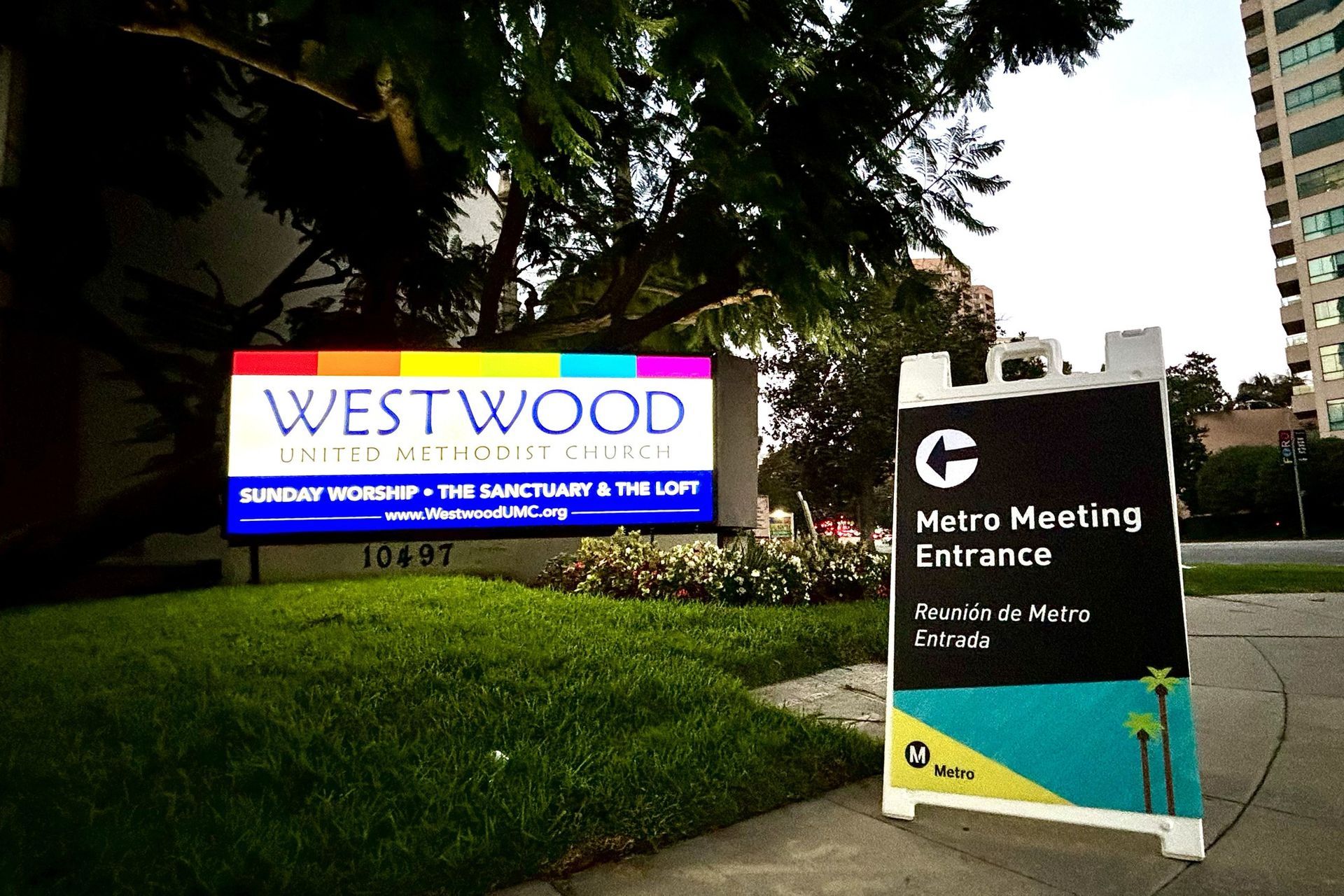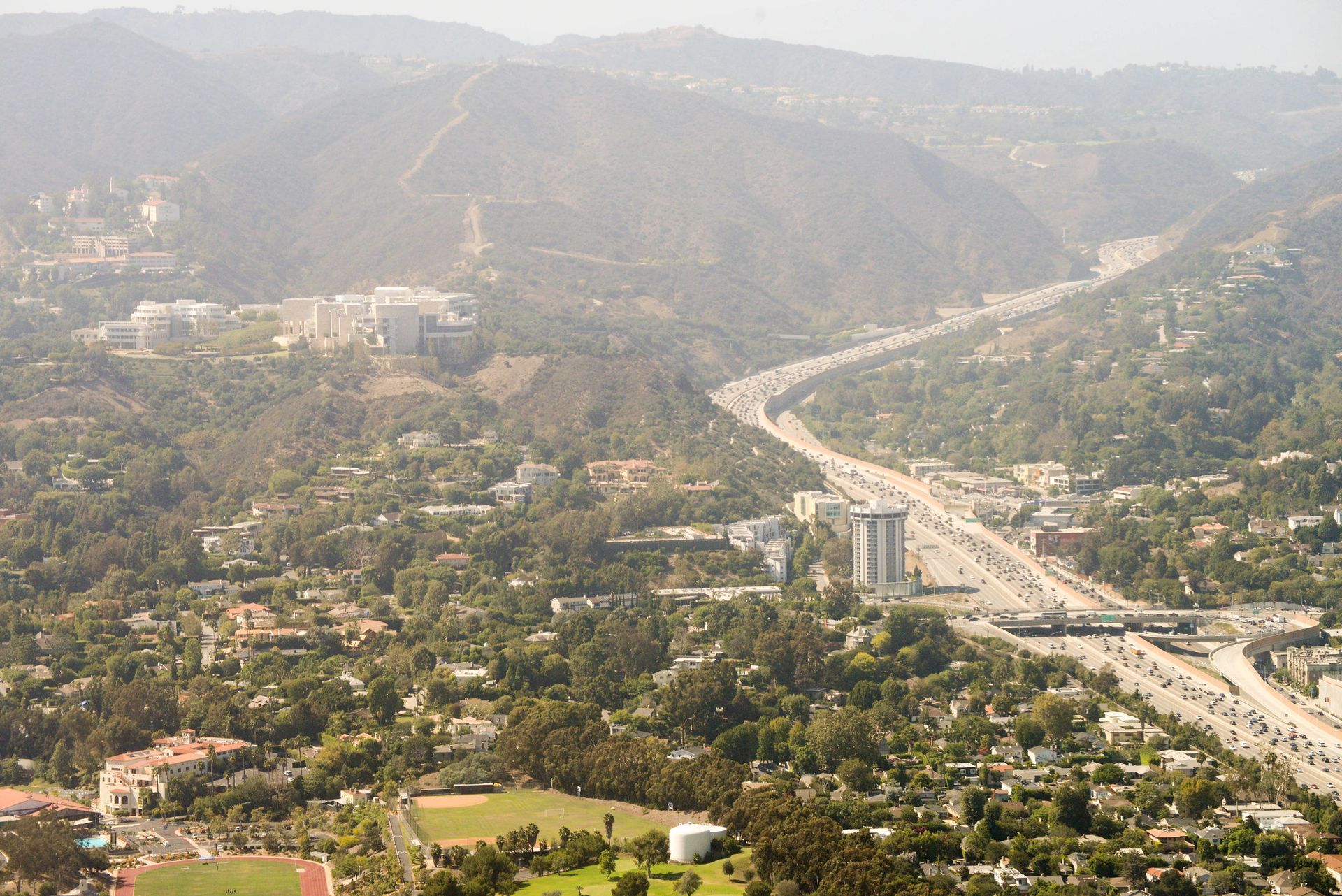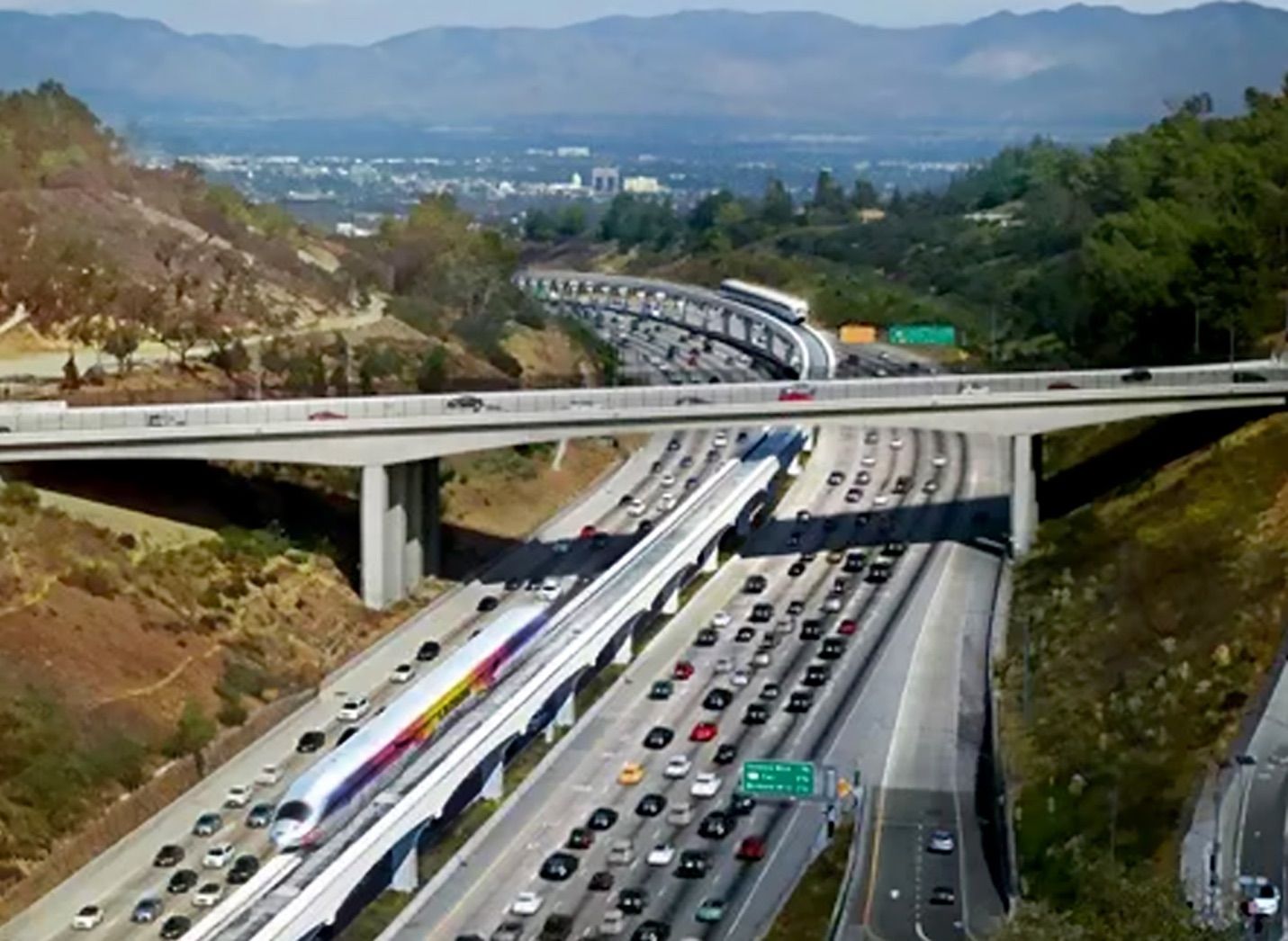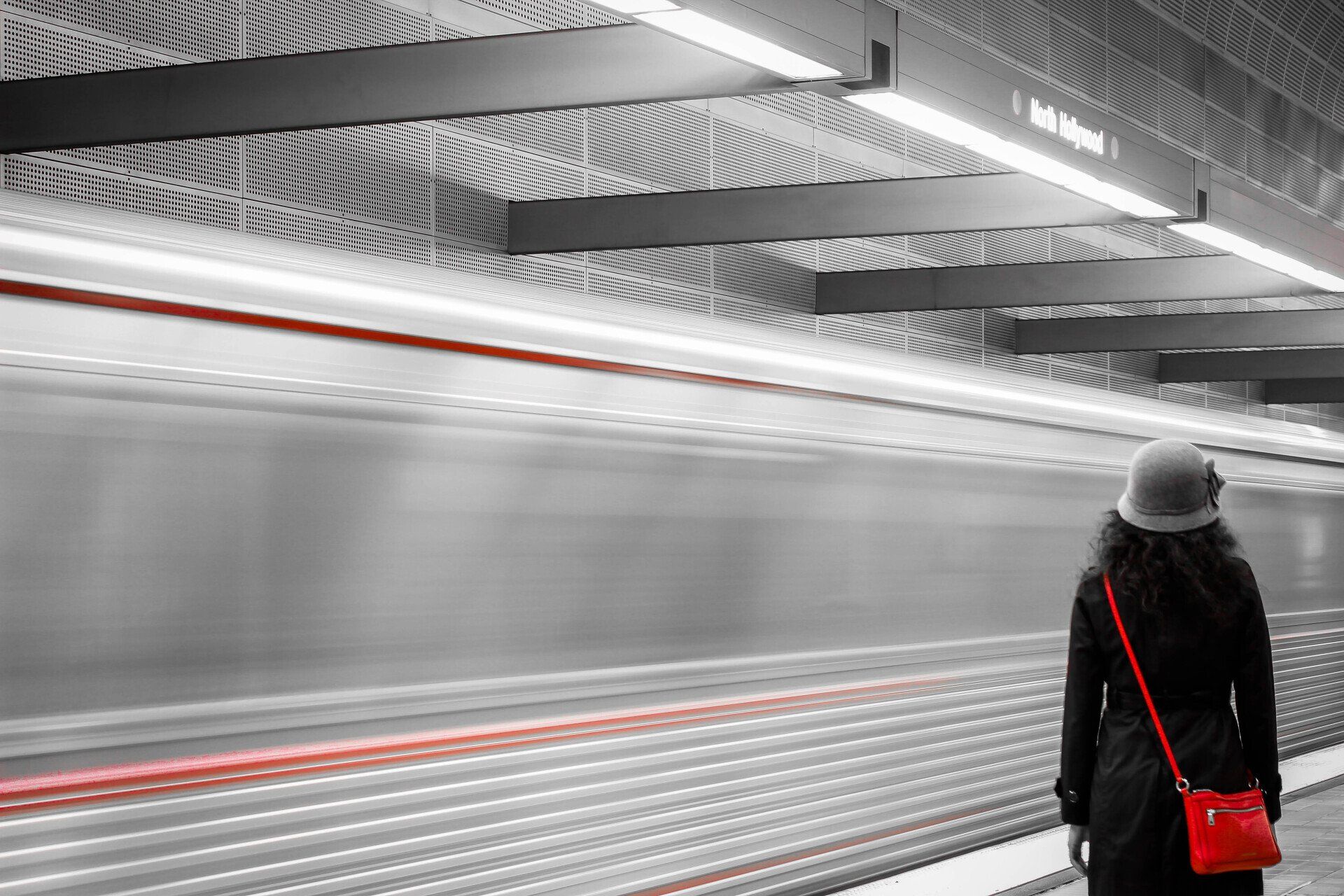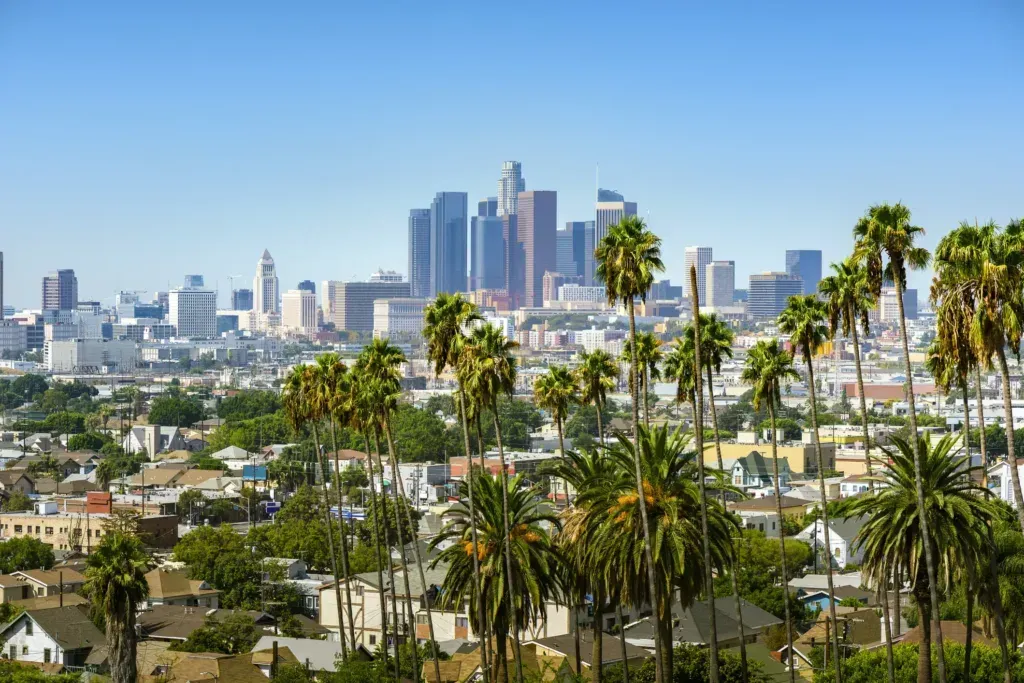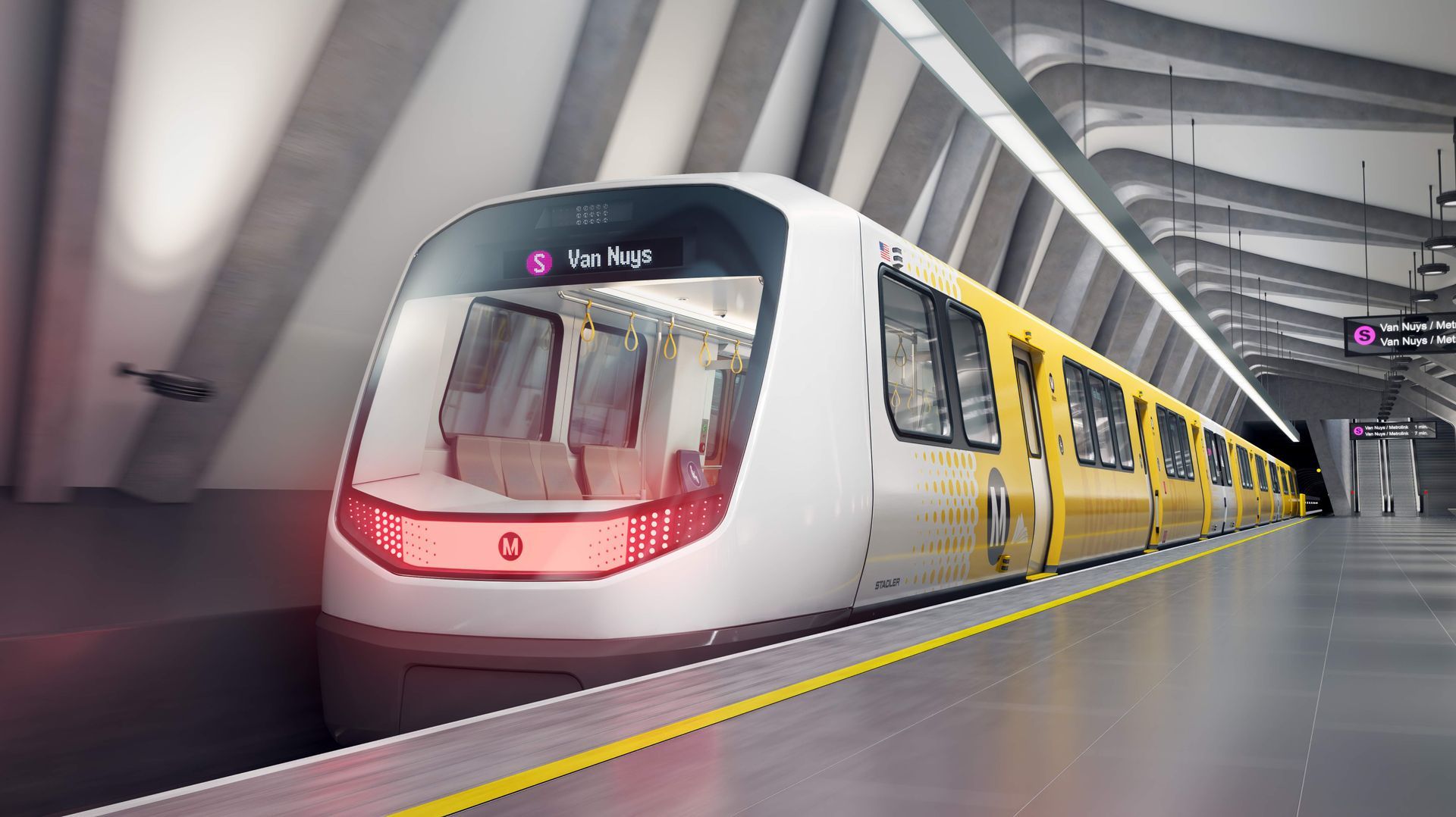News
LA TIMES (Editorial/Opinion): Forget the monorail. L.A. needs a real transit line through the Sepulveda Pass
The 405 Freeway through the Sepulveda Pass is one of the nation’s most traffic-clogged corridors. For workers, students and anyone else trying to go between the San Fernando Valley and the Westside during rush hour, the route is a slog, with cars inching over the Santa Monica Mountains.
Unlike most congested routes in urban L.A., there’s no public transit alternative to sitting in traffic. Yet. After years of discussion and plans, the Los Angeles County Metropolitan Transportation Authority is expected to hire contractors next month to develop plans for either a subway or a monorail line through the pass.
This is likely to be the biggest, most impactful transit project on the horizon for Los Angeles. It’s the most important missing link of the regional transit system, and done well, it could enable the next generation of Angelenos to work, play and travel without a car.
So why are we even considering a monorail?
Sure, monorails were cutting-edge transportation technology — 50 years ago. In 1968, Metro’s predecessor agency proposed a network of electrified trains on skyways. Sketches from the plan show trains that look like Disneyland’s monorail pulling into elevated stations connected to offices by elevated walkways.
These days, monorails are mostly seen shuttling tourists around amusement parks or airports, though the technology is used for mass transit in China.
Supporters of a monorail argue it could be built faster and more cheaply than a subway. That’s an argument for expediency, for getting something, anything built — no matter whether it’s the right project. But Los Angeles has made that mistake before, sacrificing the long-term needs of riders and the transit system for political expediency. That’s one reason why you can’t take a train directly to LAX today.
And there’s no guarantee that a monorail would be cheaper or easier to build than a subway. The proposal from LA SkyRail Express, a partnership that includes the Chinese company BYD, puts the price at $6.1 billion. It’s unclear how much more it might cost to connect a monorail on the 405 with key destinations, like the UCLA campus.
Haven’t we learned the fallacy of putting rail lines in the middle of a freeway? It is an unpleasant experience for passengers, who have to wait for their train on a noisy, exhaust-choked platform. And a monorail built over a 10-plus-lane freeway surrounded by buffers and surface streets would be hard for commuters to reach. The most successful transit lines drop people off close to their destinations.
There is understandable reticence about tunneling a subway through the Santa Monica Mountains instead of using the highway’s path through the Sepulveda Pass. It’s pricey. At an estimated $10.8 billion, or more, it would be one of the most expensive transit infrastructure projects in the country.
However, a subway would be a faster ride for passengers. It could stop on the UCLA campus and could connect to the D Line extension (formerly known as the Purple Line) now under construction. Riders could take a single train from downtown to the mid-San Fernando Valley. Metro couldn’t do that with a monorail, which wouldn’t integrate with existing rail lines.
Several regional leaders have expressed skepticism about a monorail. Nevertheless, Metro’s governing board is expected to approve two agreements to explore the competing ideas — a $63.6-million contract with LA SkyRail Express for the monorail concept and a $69.9-million contract with Bechtel and partners for the subway concept.
The idea of paying for predevelopment plans for both a monorail and a subway is novel. Metro Chief Executive Phil Washington wanted to shake up the agency’s usual project development process, which tends to suffer from delays and cost overruns. Metro decided to solicit ideas from the private sector on how to best build the Sepulveda Pass line, and the agency committed to study two different modes of transit. The competition between firms and modes could help identify obstacles and opportunities early in the process — and perhaps save money and time.
There may be a logic to the idea of paying more now for additional study and analysis to avoid pitfalls later. Still, as long as monorail remains an option, there is a risk that the region’s political leaders will be wooed by expediency and the shiny new object. We prefer they take the long view: If L.A. is going to invest billions of dollars to build transit lines for the next century, let’s build the fastest, most useful and rider-friendly system possible. That’s rail, not monorail.

